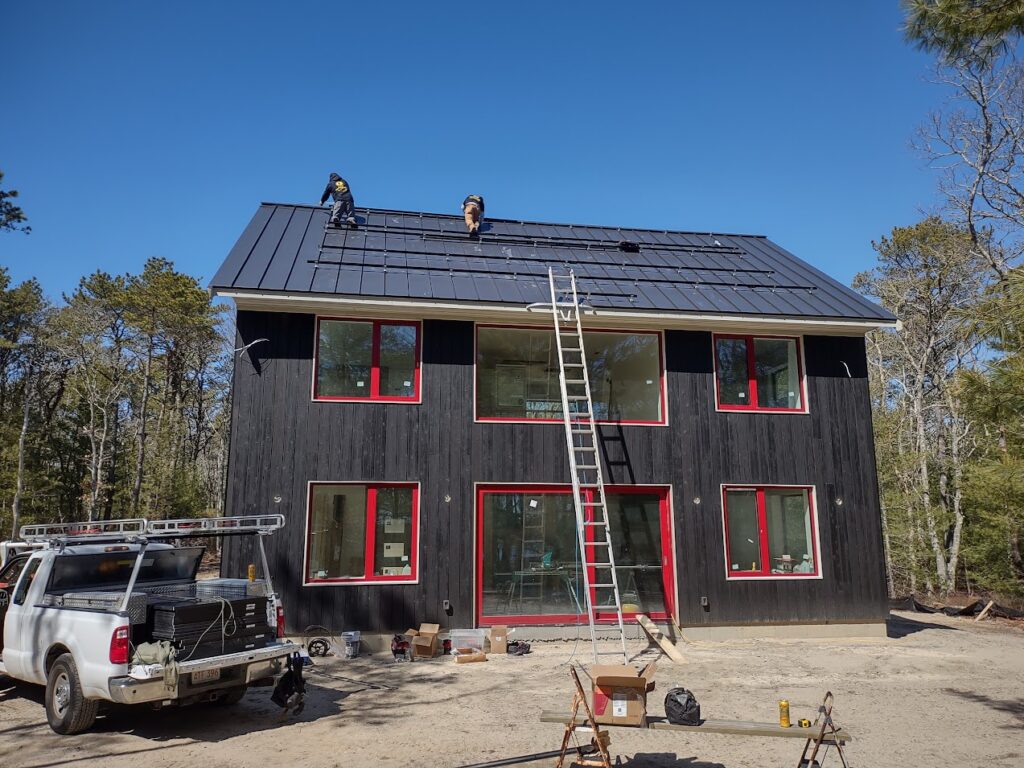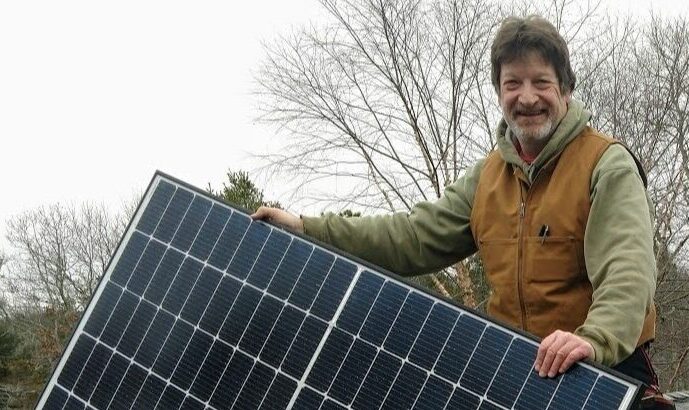
Solar energy is the energy harnessed from the sun’s radiation, which can be converted into electricity or heat.
Solar panels convert sunlight into electricity using photovoltaic (PV) cells that generate direct current (DC) when exposed to sunlight.
The main types are monocrystalline, polycrystalline, and thin-film solar panels, each with different efficiencies and costs.
Net metering is a billing arrangement that allows solar panel owners to receive credits for excess electricity they generate and feed back into the grid.


Most solar panels come with a warranty of 25 years, but they can last much longer with proper maintenance.
Yes, solar panels can still generate electricity in cloudy conditions, although their efficiency may be reduced.
A solar inverter is a device that converts the DC electricity generated by solar panels into alternating current (AC) electricity, which is used in homes.
Benefits include reduced electricity bills, decreased carbon footprint, energy independence, and increased property value.
The cost varies widely based on location, system size, and type of panels, but on average, it can range from $15,000 to $30,000 before incentives.
Incentives may include federal tax credits, state rebates, and local grants, which can significantly reduce installation costs.
The amount of energy depends on the size of the system and local sunlight conditions, but a typical residential system can generate between 5-10 kWh per day.
Solar panels do not generate electricity at night, but systems can be paired with battery storage to store energy for use when the sun isn’t shining.


Solar energy is reliable as a part of a diversified energy mix, especially when paired with storage solutions and grid connectivity.
Solar panels require minimal maintenance, typically just periodic cleaning and inspections to ensure optimal performance
Yes, depending on your energy needs and the size of your solar system, it’s possible for solar energy to power your entire home.
Solar energy reduces greenhouse gas emissions, lowers pollution levels, and decreases reliance on fossil fuels, contributing positively to environmental sustainability.
Shading can significantly reduce a solar panel’s efficiency, as it blocks sunlight; using optimizers or microinverters can help mitigate this issue.
A solar battery stores excess energy generated by solar panels for use during non-sunny periods, enhancing energy independence.
Risks include installation hazards, potential damage from extreme weather, and financial risks if the system doesn’t perform as expected.
Yes, homes with solar panel installations often see an increase in property value, making them more attractive to potential buyers.
